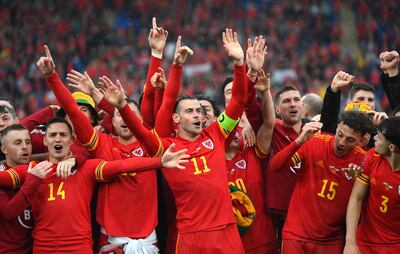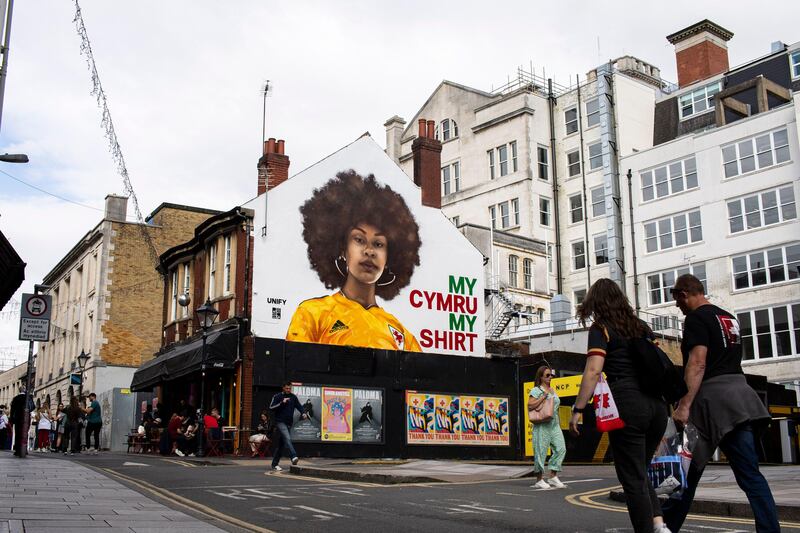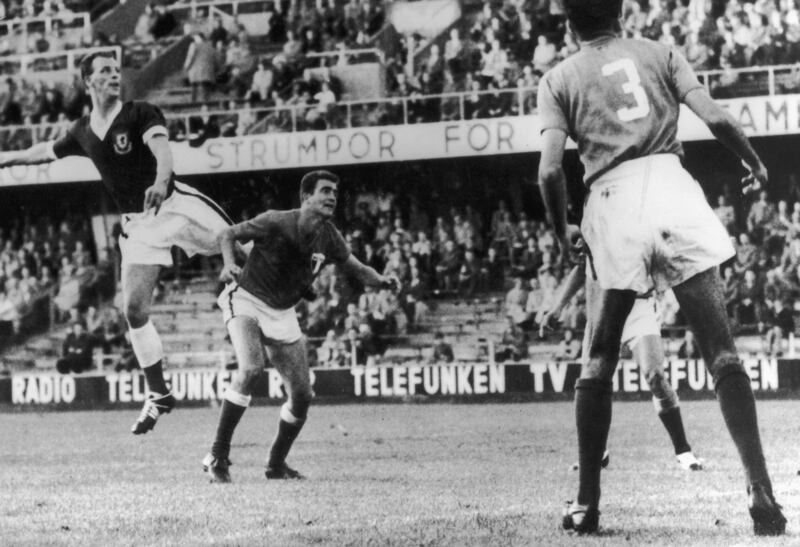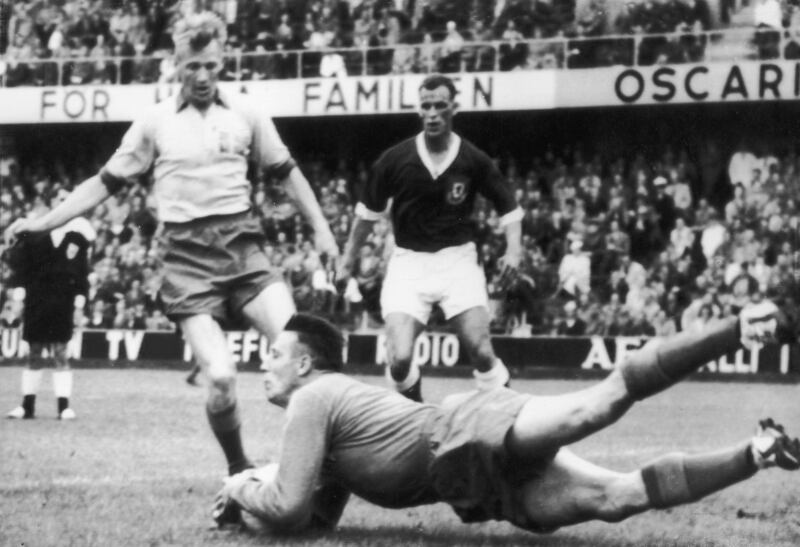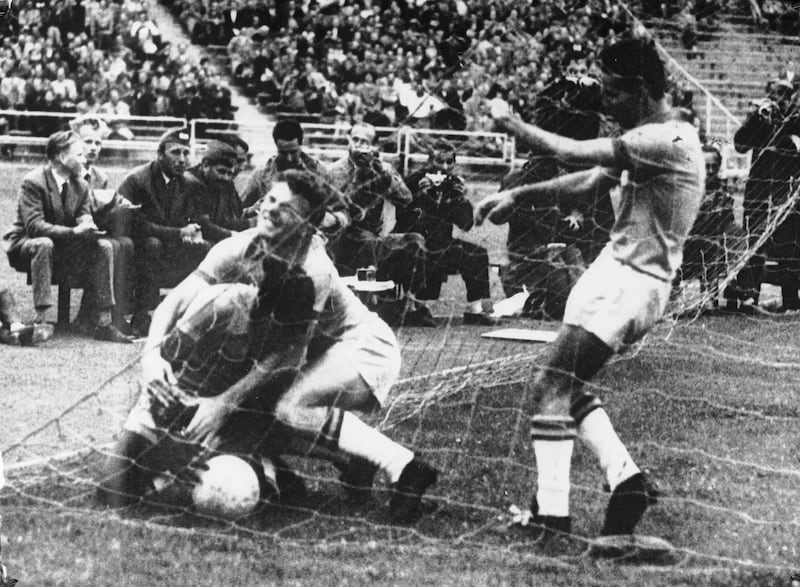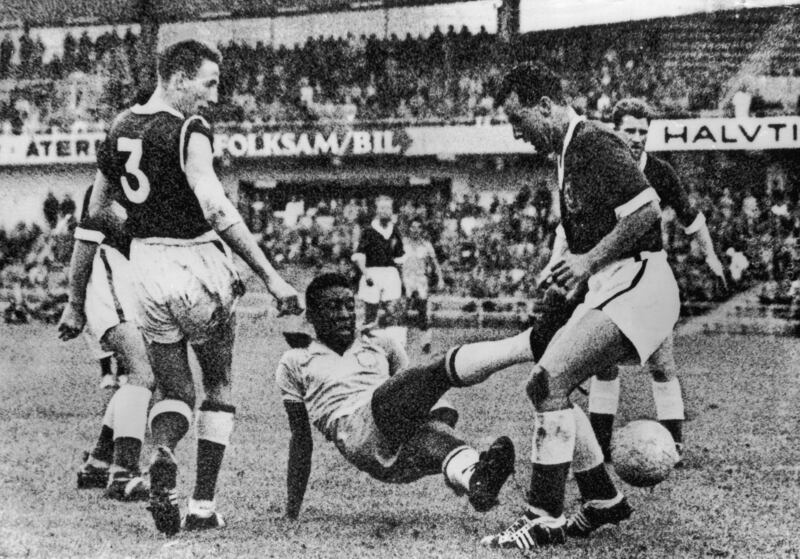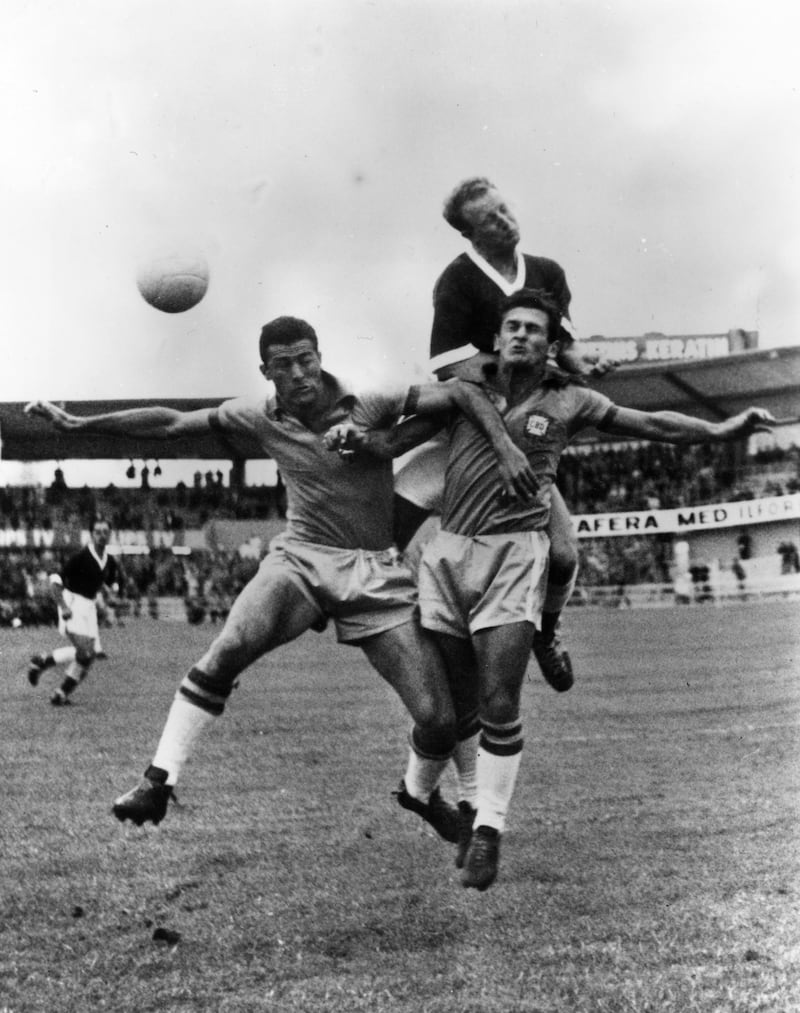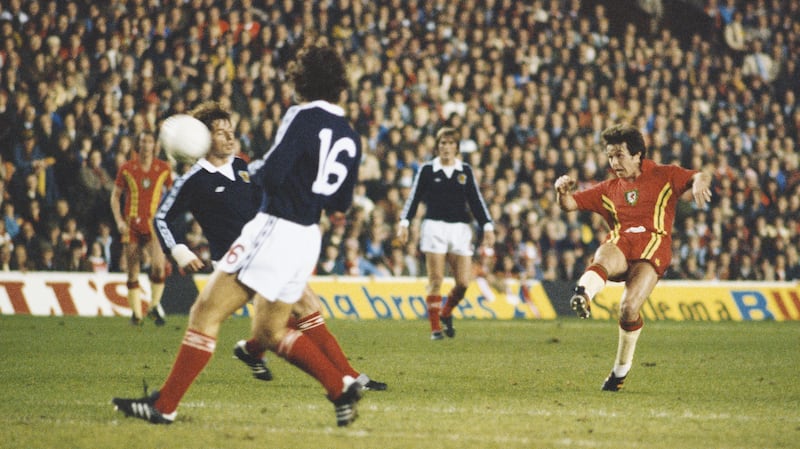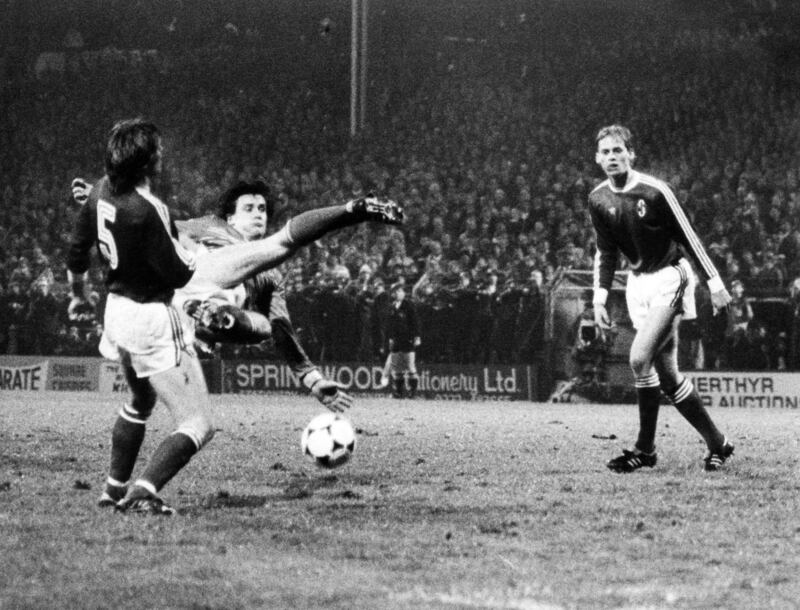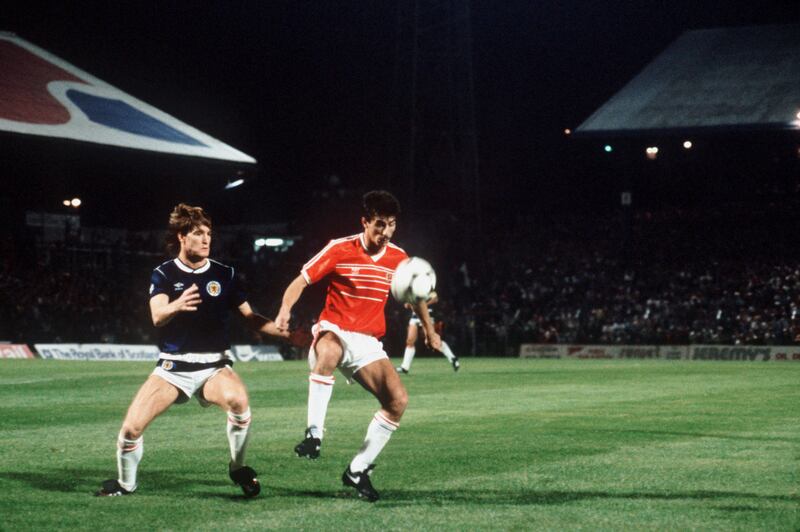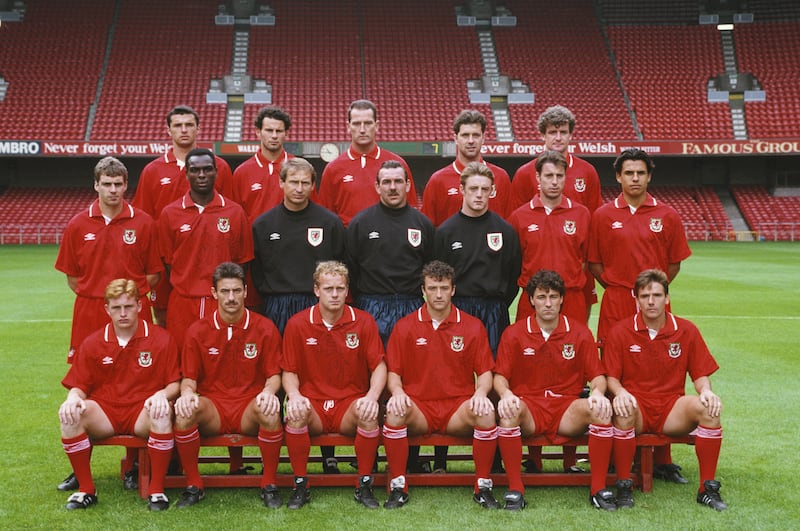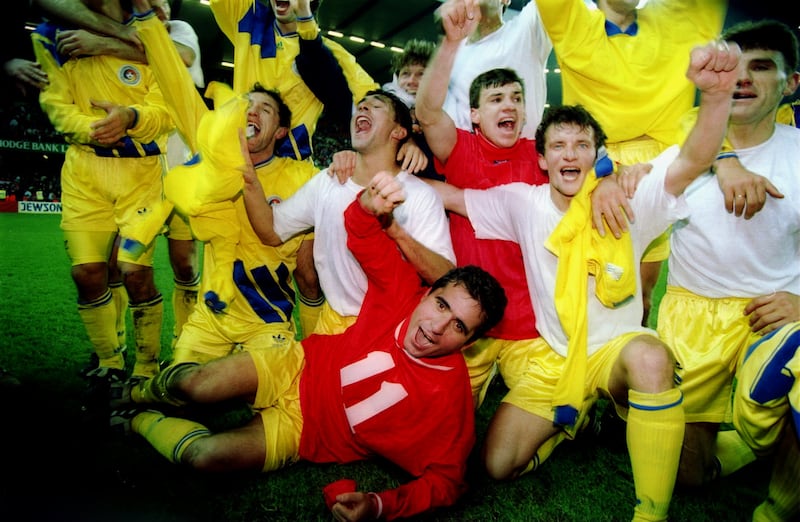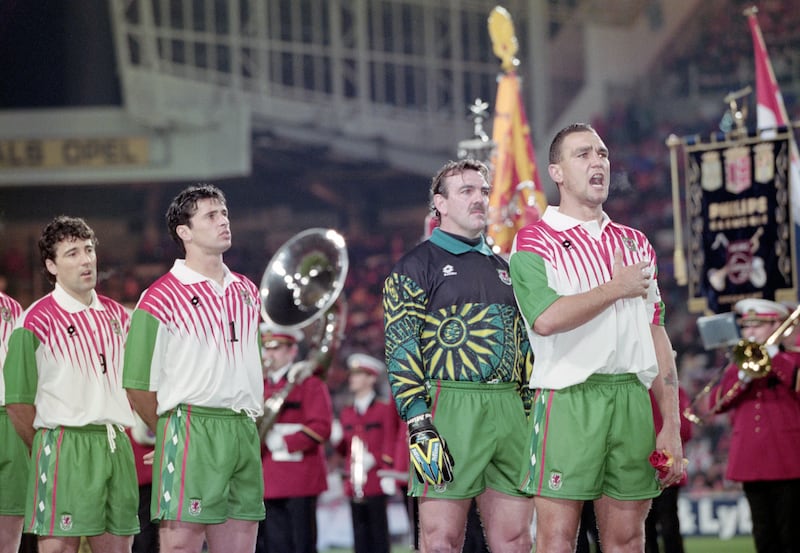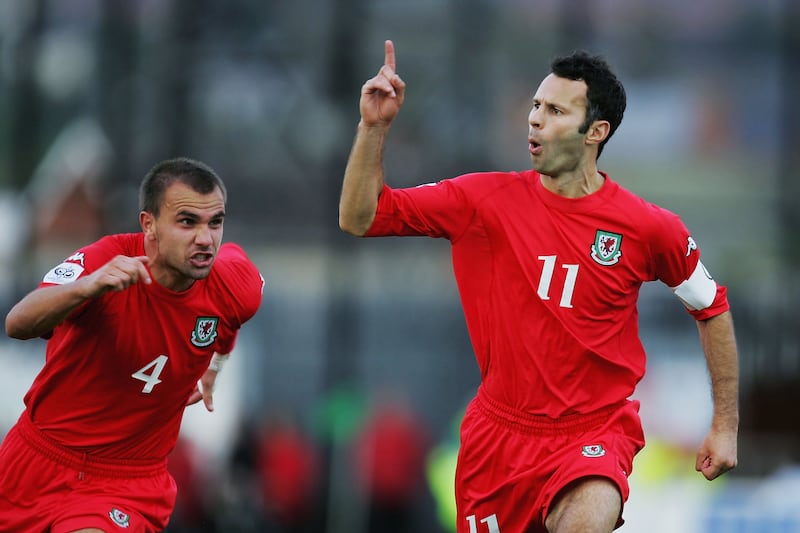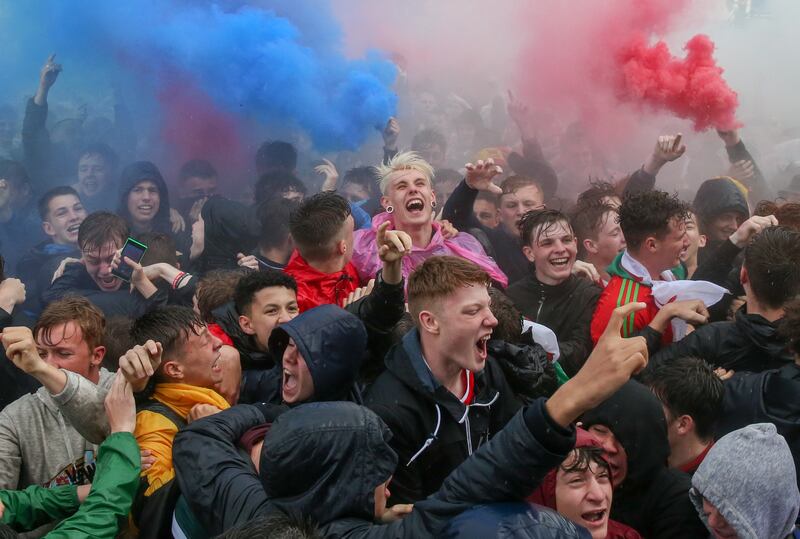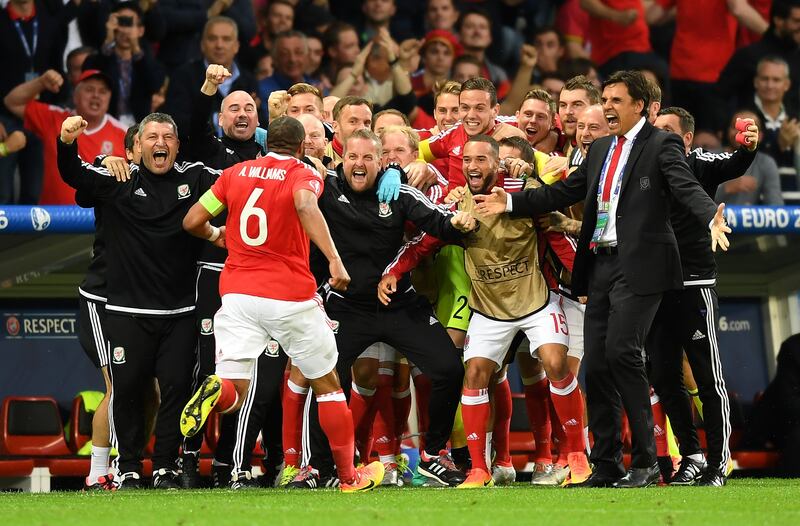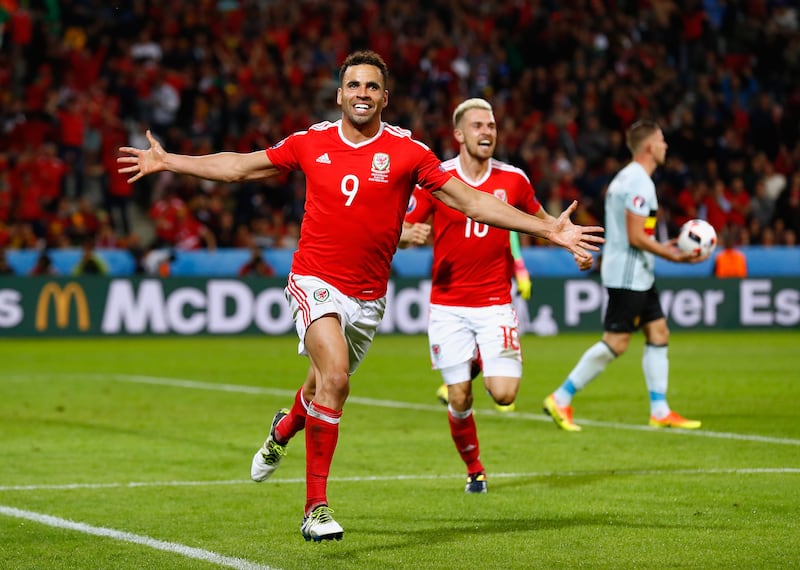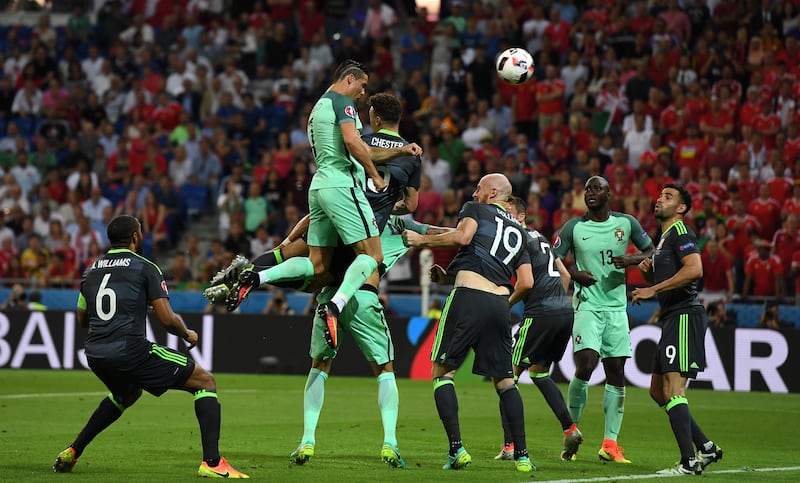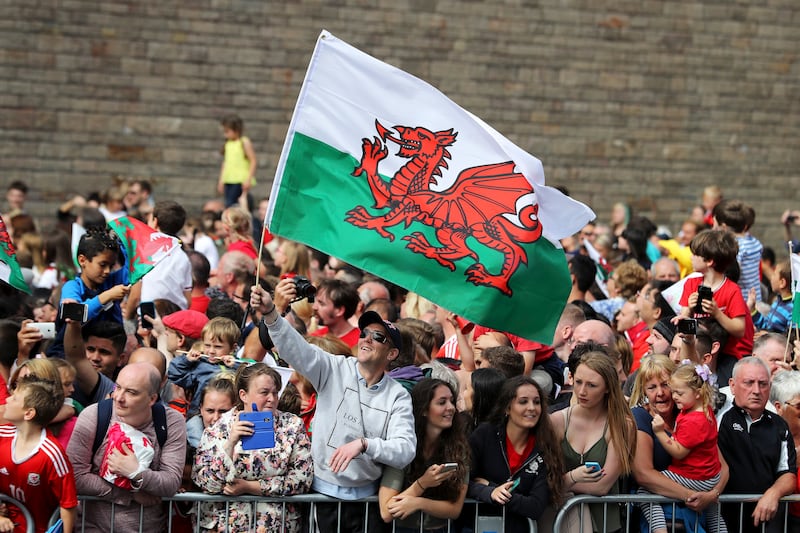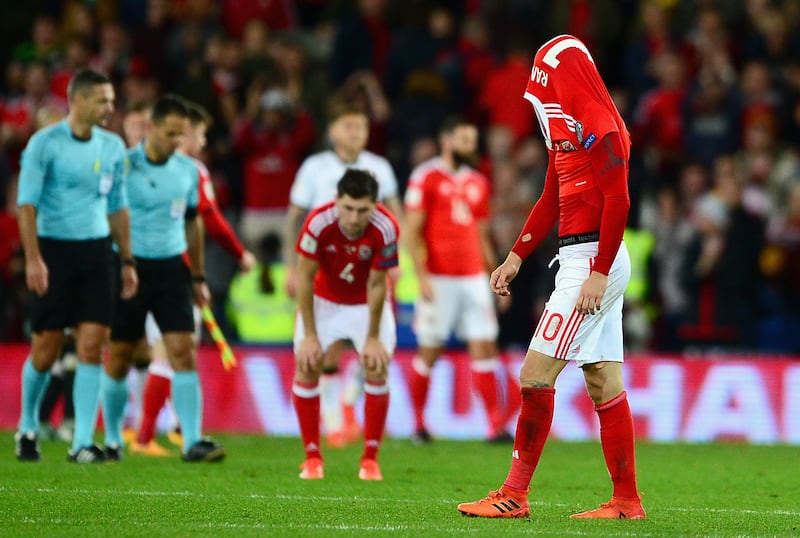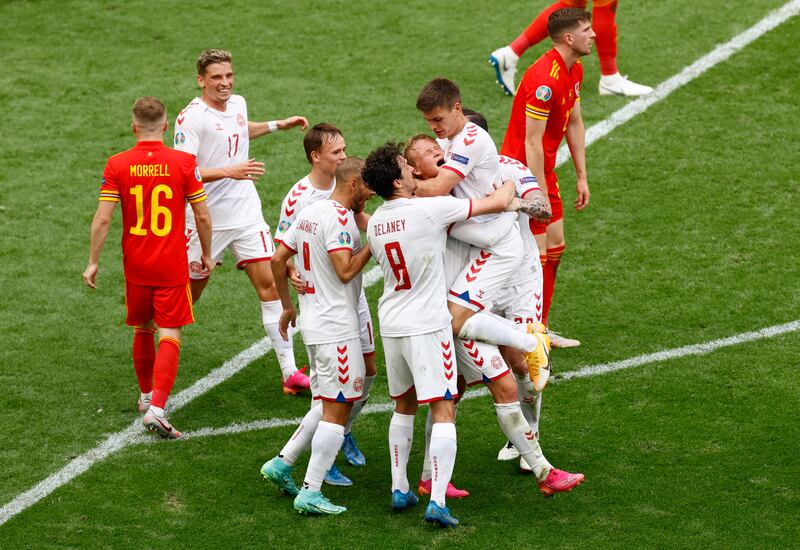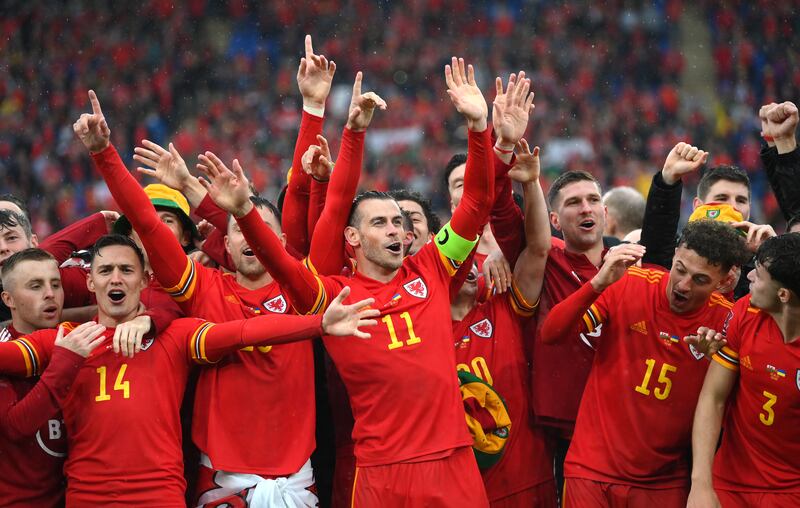A giant mural sits boldly on the side of a two-storey building in the heart of Cardiff, the capital of Wales, which is looking with hope to the World Cup due to start imminently on the shores of the Arabian Gulf.
More than 12 metres tall, it is of a mixed race woman with afro hair wearing the yellow away strip of the Wales football team. She stares out confidently, almost defiantly.
Just metres from the Principality Stadium, the cauldron of rugby for which Wales is famous, it is a symbol of a country that cares about more than one sport, even if one traditionally does not grab the headlines.
But it also contains a wider message about modern Wales.
The national team is preparing to take its place at the World Cup finals for only the second time, after generations of missed opportunities.
Never mind 30 years of hurt, as England fans sing, it is a startling 64 years since the Three Lions' next-door neighbour last appeared in the finals.
A 17-year-old Pele broke Welsh hearts in Sweden in 1958 with his first World Cup goal, knocking Wales out at the quarter-final stages.
Football fever has hit the country, with its own “Red Wall” of travelling supporters heading to the Middle East.
Across Wales, the football badge of the red dragon can be seen just as often as the three feathers of the rugby team.
Souvenir shops opposite Cardiff Castle brim with merchandise featuring the World Cup and Wales’s star player, Gareth Bale.
When the team runs out in Qatar, those back home are determined that, regardless of results, they are going to make the most of this rare opportunity.
There is a desire to use the tournament as a celebration of Wales’s culture and diversity, as well as a profile-raising opportunity to scream loudly about its existence and identity.
In pictures — The rare ups and frequent downs of Welsh football
My Cymru, My Shirt
The city centre mural was created by artists Yusuf Ismail and Shawqi Hasson from Unity Creative in Cardiff.
It contains the slogan “My Cymru, My Shirt”, and has been replicated on posters at landmarks across the city, showing how football brings a connection between people of different backgrounds.
Cymru (pronounced Kum-ree) is the Welsh language word for Wales.
It was a spin-off of an earlier project called My City, My Shirt, highlighting the multicultural make up of Cardiff, home to one of the oldest Muslim communities in the UK.
They created a photographic exhibition of people of different heritages wearing a Cardiff City shirt after attending matches and realising they were among just a few members of the crowd who were not white.
One of their first subjects was mother of two Maimuna Yoncana, originally from Guinea-Bissau, who was pregnant while wearing the shirt along with African headwear.
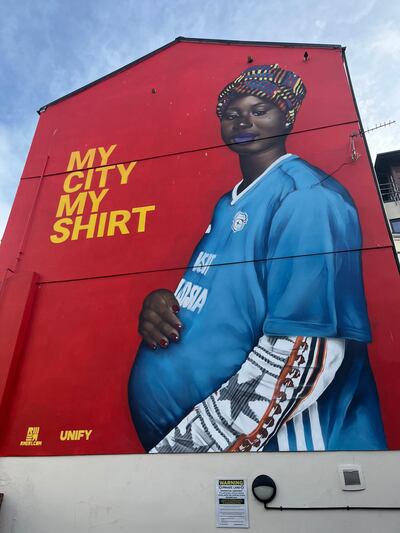
“Cardiff is vibrant and diverse, but that wasn’t what we saw inside the stadium,” said Mr Hasson.
“We wanted to show the real city, people who may have been born elsewhere or families come from abroad but have made it their home and care about it. And love football.”
Mr Ismail said: “Shawqi is Yemeni and I’m Somali but we grew up here. You sometimes can struggle about your identity growing up — am I from Wales or Somalia?
“But as you grow older you understand you can have a dual heritage that can coexist. It took me until my deep twenties to understand that.
“A lot of people face the same issues and we thought the football shirt could be the entry point to identify with Cardiff.”
They have also created a mural of late Wales manager Gary Speed, but it is the My Cymru art that has gained the widest notice. Their work has now been included on school curriculums for children learning about Welsh culture and history.
It was designed on the side of a Mexican tapas cafe for the Euro 2020 tournament, and inspired by an image of 1970s black Wales footballer George Berry.
It features their friend Nicole Ready, a stylist who has since been stunned at having a giant version of herself displayed in her home town.
“It lifts people’s spirits when they see it,” Mr Hasson said.
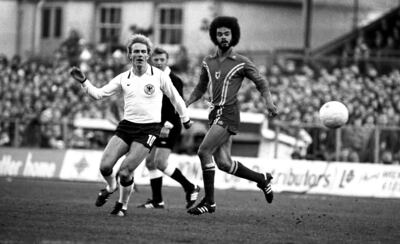
A multicultural country that loves ‘culture’
Alongside England and USA, one of the teams Wales plays in the group stages is Iran, creating an opportunity for the Welsh-Iranian community, pleasingly known as Cymranians, to come together.
A festival has been organised at Cardiff’s Norwegian Church for the day of the game. It will feature Iranian food, talks and music by Cymranian singer Parisa Fouladi.
“Only in Wales could we reach the World Cup and use it as an opportunity to create arts festivals,” said Nick Davies, the Cymru 2022 World Cup arts producer.
Mr Davies is working with FA Wales and the Arts Council of Wales, and has been heavily involved in linking arts audiences and football lovers.
A 10-day festival of arts will take place across the country at grassroots venues such as football clubs, featuring three new plays based on Wales at the World Cup, comedy tours and music events.
“Win, lose or draw, we want to make Wales the happiest place on Earth,” Mr Davies said.
“We’re celebrating the team getting there and want to show what our culture is all about. And for those that can’t go to Qatar, celebrate who we are.”
As a lifelong football fan, Mr Davies has memories of watching Wales struggle through dismal qualifications that gave little hope of them ever reaching a major tournament.
But since the fortunes of the team took an upturn with their appearance at Euro 2016, at which they stunned everyone, including themselves, by reaching the semi-final, he has become “giddy with excitement” at Wales being in the World Cup.
“It was like following an unpopular punk band before,” he said.
“But there has been a cultural shift, sparked by football.
“We are bringing people with a passion for the game together.”
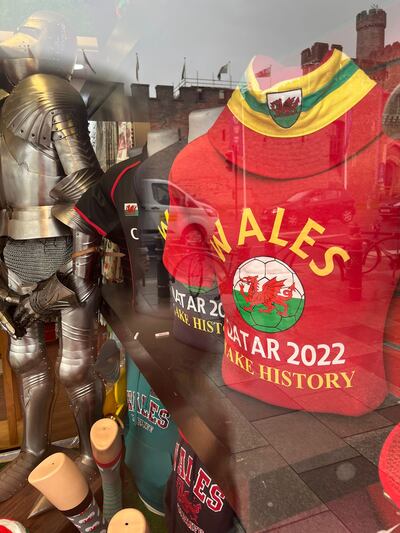
North Wales’s place in football and TV culture
In North Wales, Bellevue Football Club in Wrexham is Wales’s first registered multi-ethnic and inclusion-specific football club.
“All of our players are refugees, economic or educational migrants, people with mental health issues or learning difficulties,” founder Delwyn Derrick said.
“We offer league football opportunities to anyone who's really faced a barrier in the sport.”
It began when there was an influx to the area of asylum seekers from Sudan, Eritrea, Ethiopia and Morocco, who went looking for a football pitch then saw Mr Derrick and his friends having a regular kickabout.
“By finding that pitch, they found us,” he said.
When asked what the newly arrived players get from the club, he replies with one word: “Family”.
“We're giving them access to instant friends, people that they come to look at as family.
“In a lot of cases we’re the only people that they have here. They come here alone and we give them that instant access to something that can make Wales feel like home.”
Mr Derrick said squad numbers leapt after Wales’s appearance at the Euros and he is hoping for a similar boost after the World Cup.
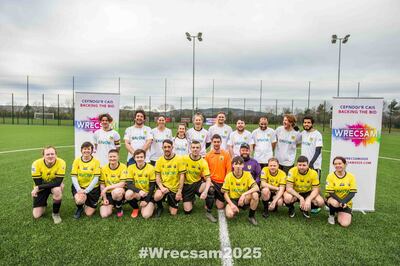
A new identity
The surge in Wales’s on-pitch fortunes has coincided with a new era of self-confidence for its fans, and perhaps the country as a whole.
The Red Wall, a term coined by Bale when talking about the lift his team get when walking on to the pitch and seeing the fans, has its own identity, from bucket hats and retro shirts to the songs and anthems they sing.
Their numbers have grown from the brave dozens who would travel abroad in the early 2000s to thousands now.
Among the long-standing and frequently suffering has been author Tim Hartley, who has travelled the world writing about his love of football and its fans.
He has been away with Wales 81 times, starting with Switzerland in 1999.
“We lost and it prepared me for what lay ahead,” Hartley said.
Through his work with the Wales football supporters’ charity Gol, he has delivered gifts and donations to 40 countries.
“It’s amazing what you can use football for — not just on the terraces, but harvested for social good, a vehicle for what’s best in society.
“It’s more than 22 men or women kicking a ball around a pitch, coming together to celebrate, in our case, our national identity, our language, our country.”
Football has been with him for most of his life, even growing up in the rugby environment of Pontypridd.
“It has brought me friendship and closeness with people I’ve only ever met abroad,” Hartley said. “We’re a travelling Welsh embassy. We’re self-confident. We have our uniform. Many of us are bilingual.”
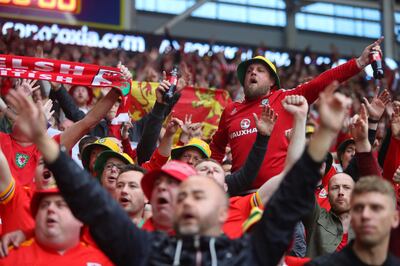
Love of language
The Welsh language is something that unites many Welsh fans.
According to the Welsh government’s Annual Population Survey, about 29 per cent of Welsh people, or 899,500 people, can speak Welsh to some degree.
But it bats above itself when it comes to football supporters, many of whom come from North Wales where the proportion of first-language speakers is greatest.
The folk song Yma O Hyd (Still Here, in English), has become a popular terrace anthem and is now played at half time.
The national anthem, Hen Wlad Fy Nhadau (Land of my Fathers) is played without official singers or music before matches. The crowd raises their voices unaccompanied to a rousing level.
The self-confident, bilingual atmosphere has not arrived by accident.
The Football Association of Wales, rare among sporting governing bodies in that it is actually popular with fans, has been at pains not to dictate how its matches should be supported.
“The feeling around football is very authentic,” said Rob Dowling, head of content and engagement at the association. “It’s run by people that really care about the game and it’s been embraced by the Welsh public.
“We use language in a really accessible way in terms of mixing it with English. It has really pulled the country together.”
The fans and players often refer to the team as Cymru, rather than Wales. With this in mind, the association is in discussions with Uefa about officially changing its name to Cymru in the football world.
How Wales's World Cup team have raised hopes
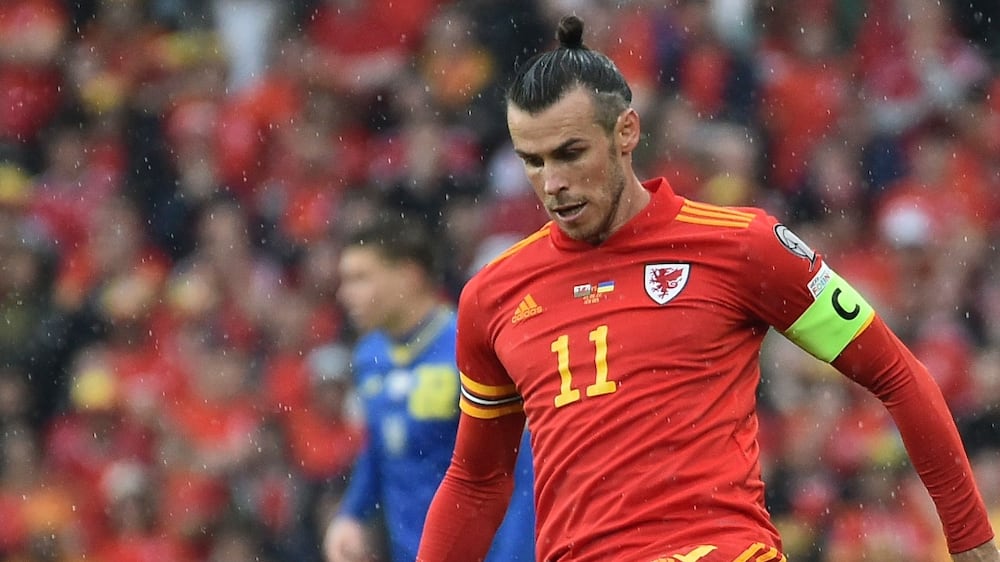
A World Cup legacy
Former Wales women’s international Laura McAllister, who represented her country 24 times before turning to a career in sports administration, was taken to her first match when she was 3.
Ms McAllister says despite recognising the privilege she has of watching Wales from the VIP seats, she is often envious of the fans in the terraces.
“I never want to forget what it's like being a fan,” she said.
“That relationship between fashion, music and politics, I think is relatively unusual. Maybe we’re the right size as a nation to get that sort of club feel to the supporter fan base.”
Ms McAllister is concerned that the rapport between fans, players and authorities must not be over-romanticised and recognises there is still a world of work to be done, particularly in encouraging women into the game as players and supporters.
“The Red Wall is still overwhelmingly white and male,” she said.
While few within Wales would predict they could win the World Cup, a real victory would be the legacy it could create.
There are 1,500 football clubs in Wales with 90,000 registered players — almost double the number who play rugby — while tens of thousands of people also play socially.
Football has already overtaken rugby as Wales’s national sport, if an independent audience research report is to be believed.
For the first time this year, football came out on top in a poll by Nielsen for Uefa.
The football authorities want that popularity to grow substantially.
But there is also hope that Wales’s presence on the world stage can play a broader part in raising the country’s profile.
Ms McAllister hopes there will be opportunities for increased trade and tourism.
“Because at the moment people don't know anything about Wales,” said Ms McAllister, who is professor of public policy at the Wales Governance Centre at Cardiff University.
“They just think we're a region of England or next door. The fact that we're paired with England in the qualifying group is actually a big asset because that's going to be a massive opportunity to show that Wales is different.
“We’ve got to seize that moment and really exploit every opportunity we get to sell Wales to the world.”
So when Gareth Bale’s men take their place for their first match at a World Cup in nearly seven decades, there will be a lot more at stake than the result of the match.
